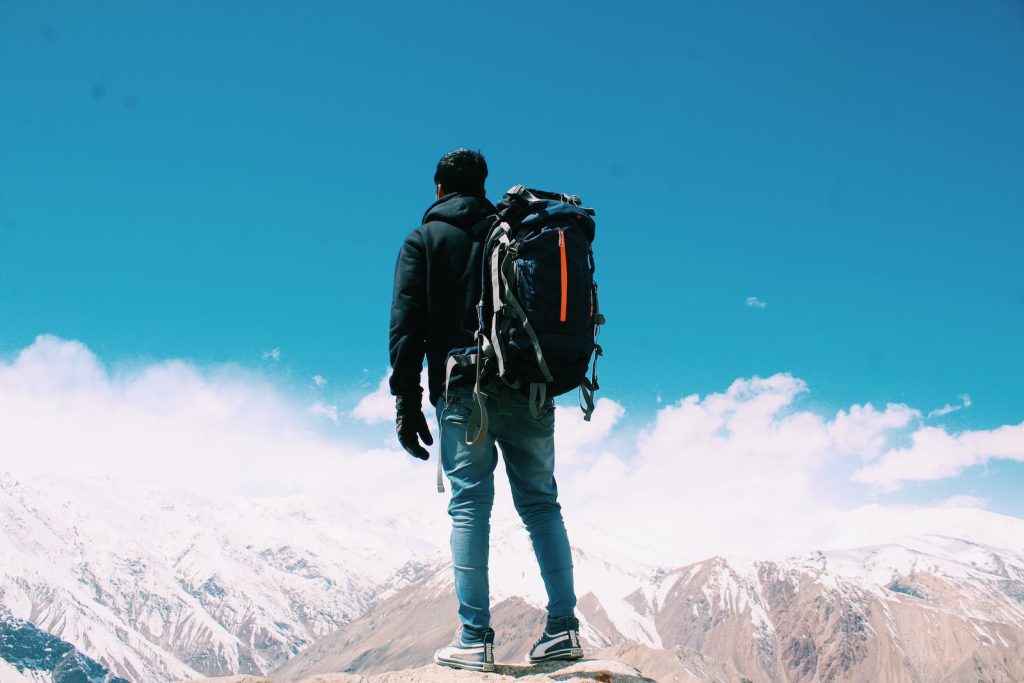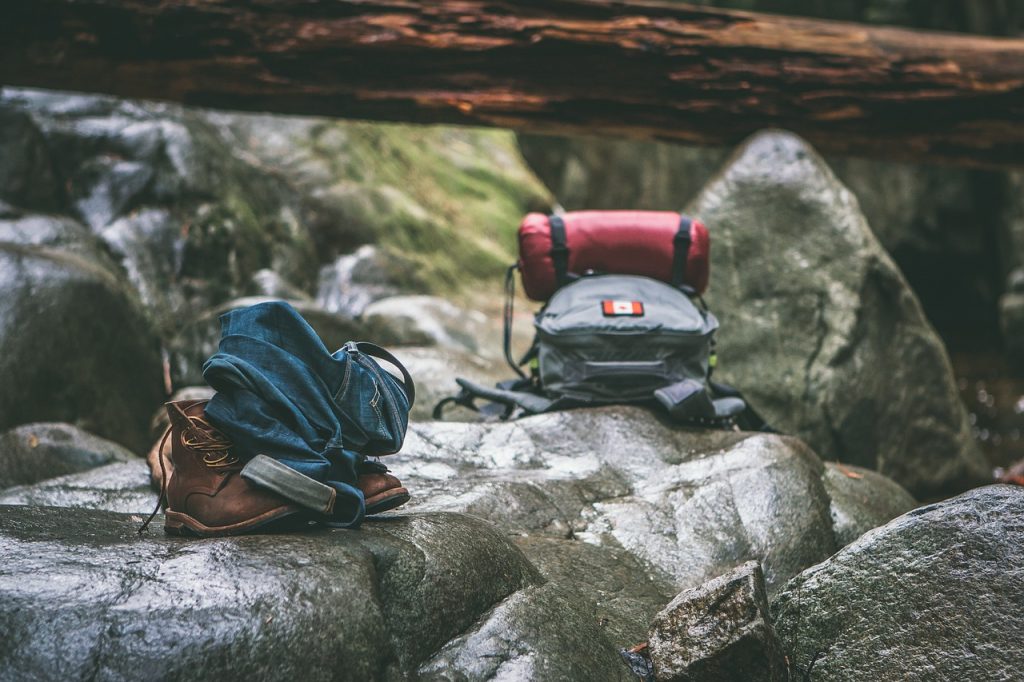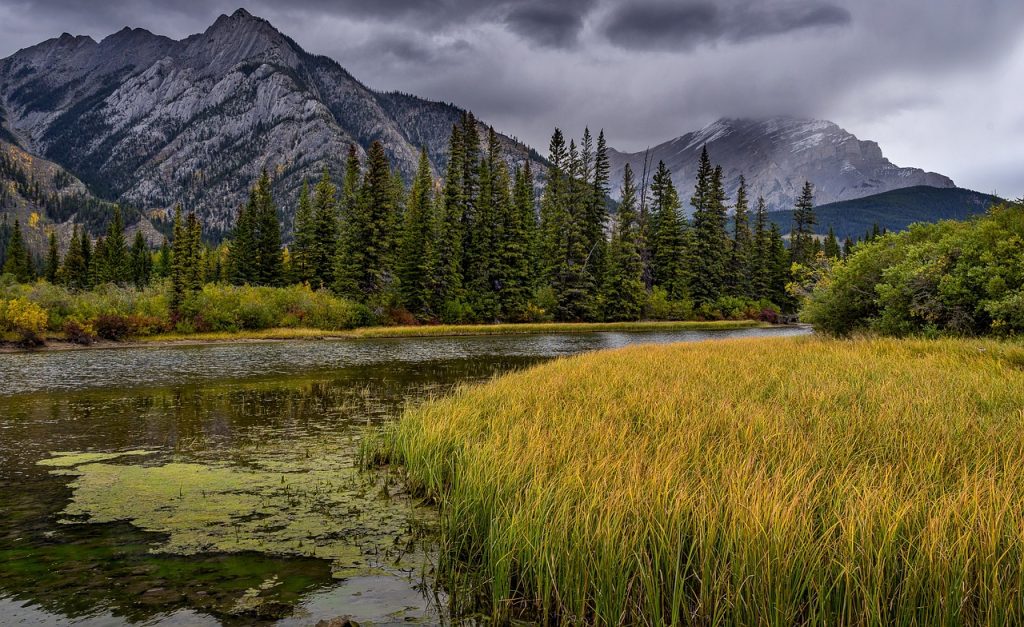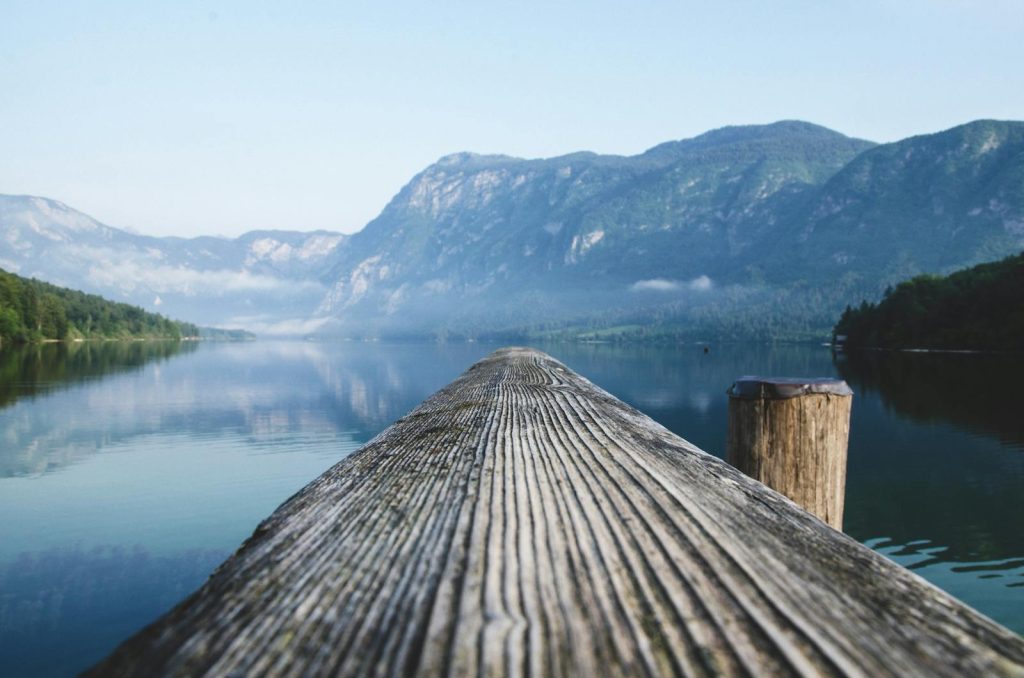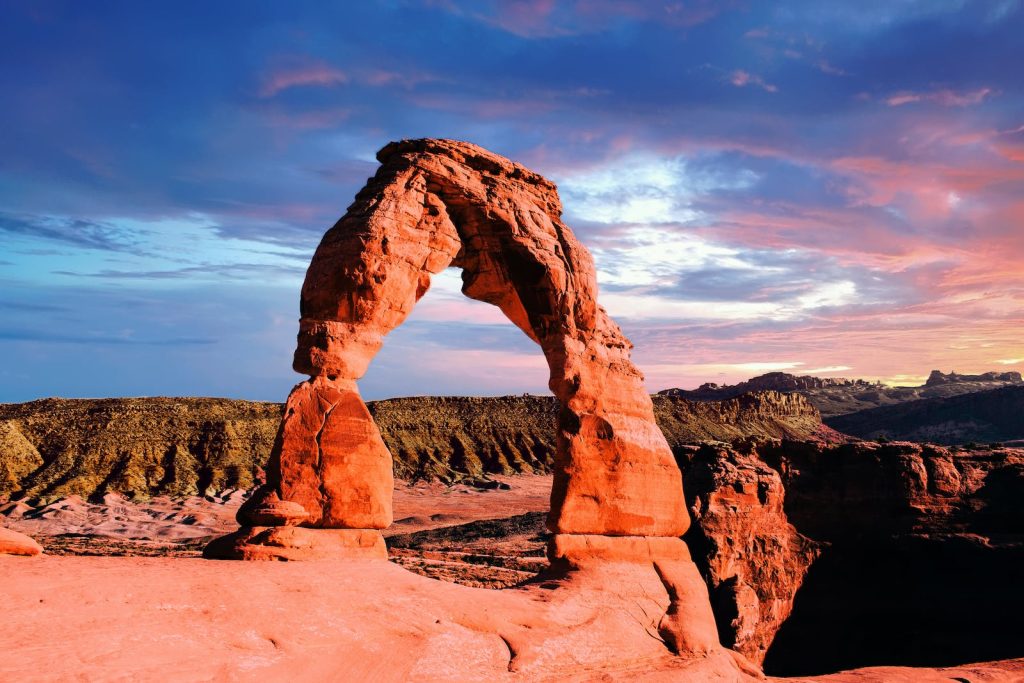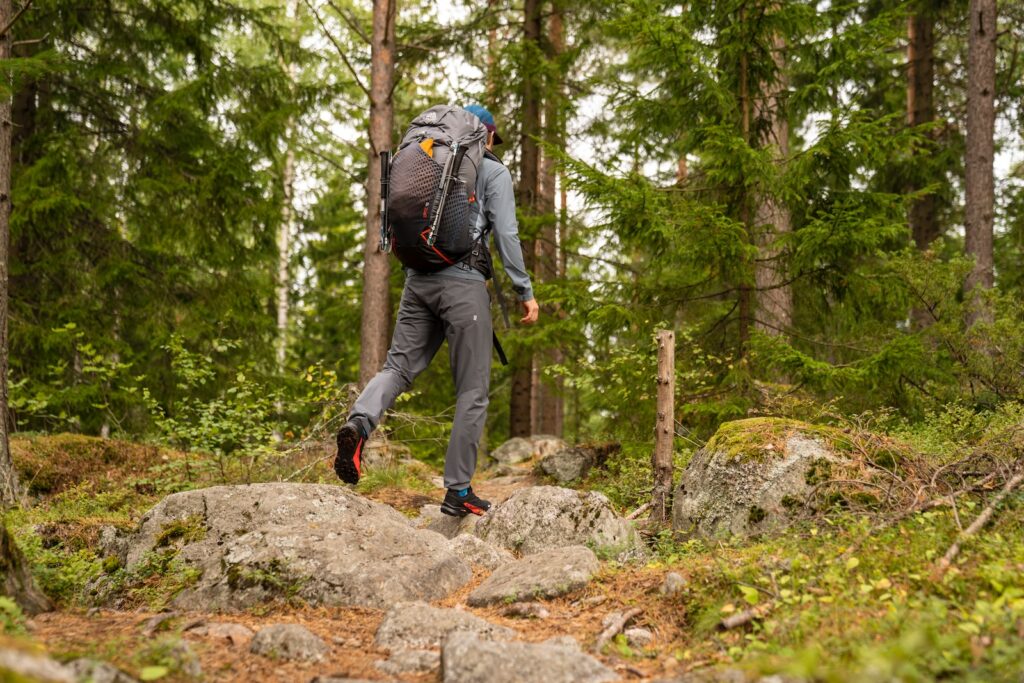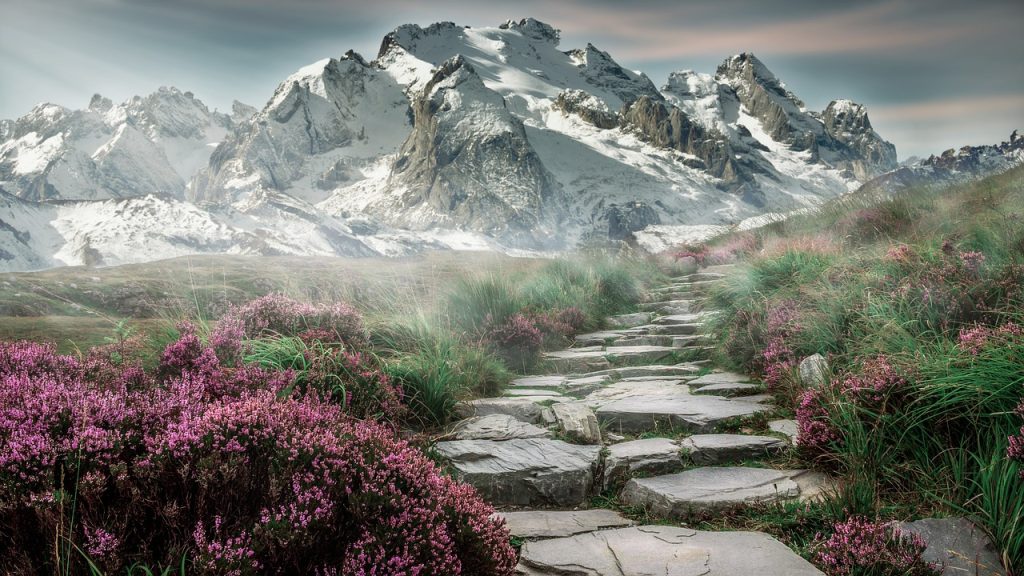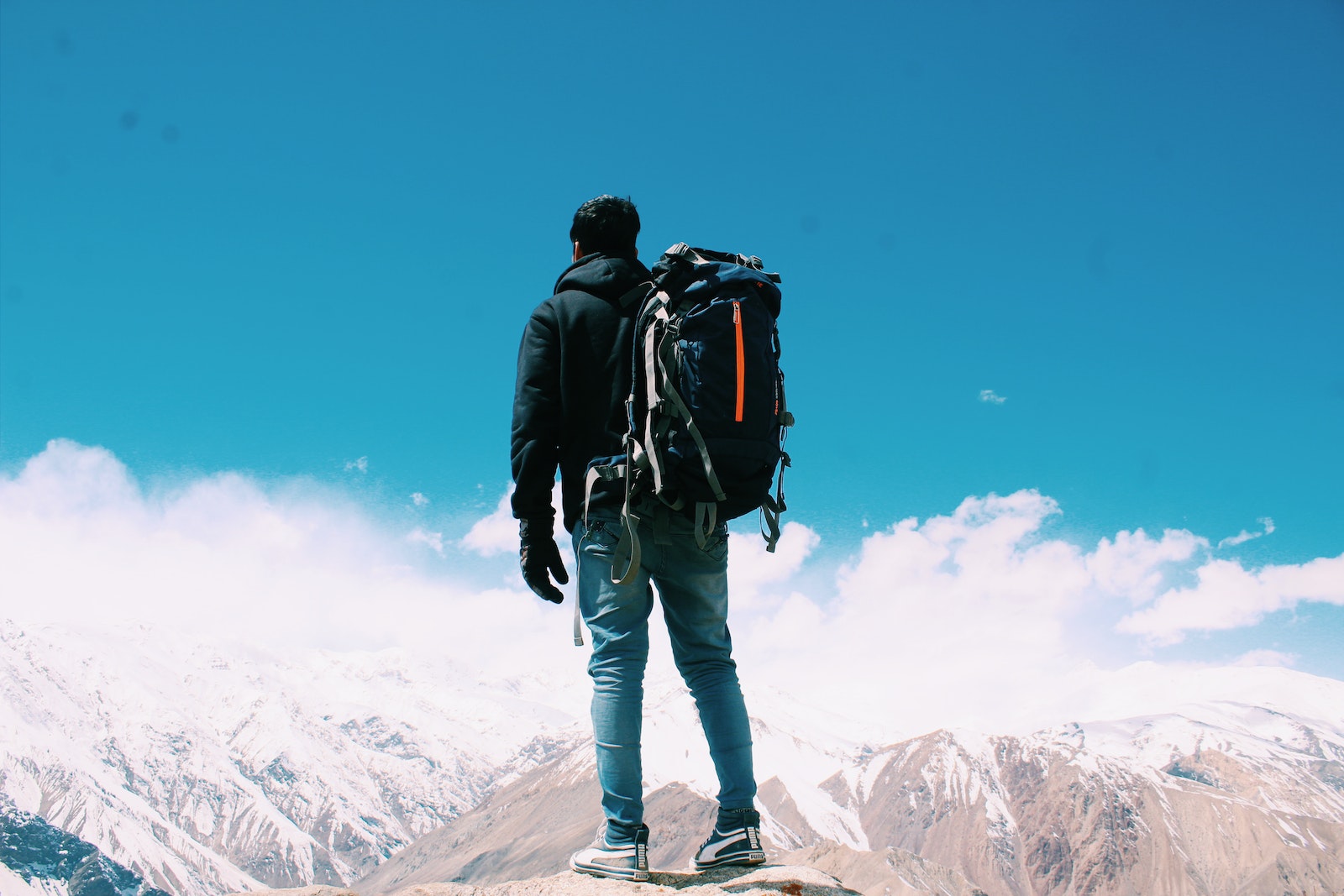

Hiking in Different Seasons: What to Expect and How to Prepare ?
Are you ready to lace up your boots and set out on an adventure? Whether you’re a seasoned hiker or just starting to explore the great outdoors, hiking is an exhilarating way to connect with nature and challenge yourself. But have you ever wondered how hiking experiences differ depending on the season? Well, wonder no more!
In this blog post, we will delve into the wonderful world of hiking in different seasons – from the vibrant colors of spring to the snowy landscapes of winter. Get ready for a journey full of breathtaking views, essential tips, and unforgettable memories as we uncover what each season has in store for hikers like you. So grab your gear and let’s hit those trails together!
- Introduction to Hiking in Different Seasons
- Winter Hiking: What to Expect and How to Prepare
- Spring Hiking: What to Expect and How to Prepare
- Summer Hiking: What to Expect and How to Prepare
- Fall Hiking: What to Expect and How to Prepare
- Necessary Clothing and Gear for Different Seasons of Hiking
- Tips For Each Season of Hiking
Introduction to Hiking in Different Seasons
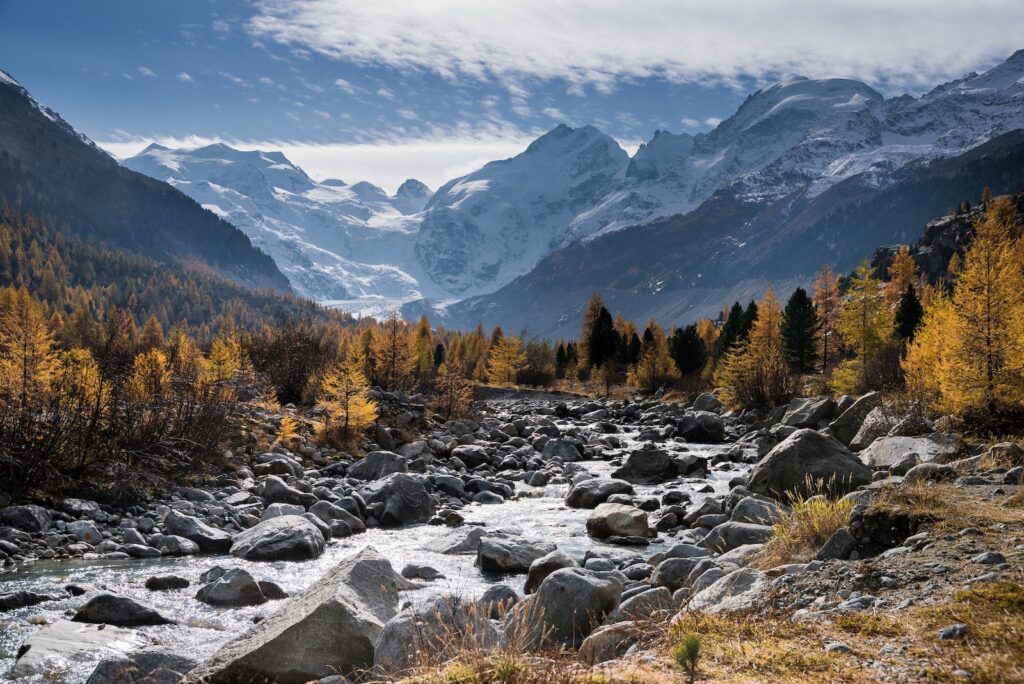
Whether you’re a seasoned hiker or a beginner, it’s important to know what to expect and how to prepare when hiking in different seasons. Here is a guide to help you enjoy your hike no matter what the weather is like.
Fall:
The leaves may be changing colors and the air may be getting cooler, but that doesn’t mean you have to put your hiking plans on hold. In fact, fall is one of the best times to go for a hike. The cooler temperatures make for ideal hiking weather and the scenery is beautiful. Just be sure to dress in layers and pack a jacket in case the temperature drops.
Winter:
Hiking in winter can be challenging, but it’s also very rewarding. The key is to dress warmly and be prepared for whatever Mother Nature throws your way. Start by layering your clothing so you can easily add or remove layers as needed. Then, make sure you have a good pair of boots that will keep your feet dry and warm. And finally, don’t forget to pack some snacks and hot drinks to keep your energy up.
Spring:
As the snow begins to melt and the days start getting longer, it’s time to start planning your spring hikes. This is an ideal time of year for beginners since the crowds are usually smaller and the temperatures are milder than in summer. Just be sure to watch out for mud and slippery rocks.
Summer:
For many hikers, summer is the best time of year to hit the trails. The days are long and the weather is warm—perfect for getting out in nature. Just be sure to start early to beat the heat and bring plenty of water and sun protection.
Winter Hiking: What to Expect and How to Prepare
When hiking in winter, there are a few things to keep in mind. The first is that the weather can be unpredictable, so it’s important to be prepared for both cold and warm weather. Second, the trails may be icy or covered in snow, so it’s important to wear appropriate footwear and carry traction devices such as spikes or crampons. Always let someone know where you’re going and when you expect to return.
With all that said, winter hiking can be an incredibly rewarding experience. There’s something magical about being out in the wilderness when it’s blanketed in snow. Just be sure to take the necessary precautions and you’ll be sure to enjoy your hike.
Spring Hiking: What to Expect and How to Prepare
When hiking in the spring, you can expect to see beautiful wildflowers blooming and maybe even some baby animals. The weather is usually milder in the spring, so you won’t have to deal with extremely hot or cold temperatures.
However, you may encounter some rain showers, so be sure to pack a raincoat or poncho. Hiking boots are a must in any season, but especially in the spring when there may be mud on the trails. It’s also important to carry plenty of water and snacks with you to keep your energy up.
Summer Hiking: What to Expect and How to Prepare
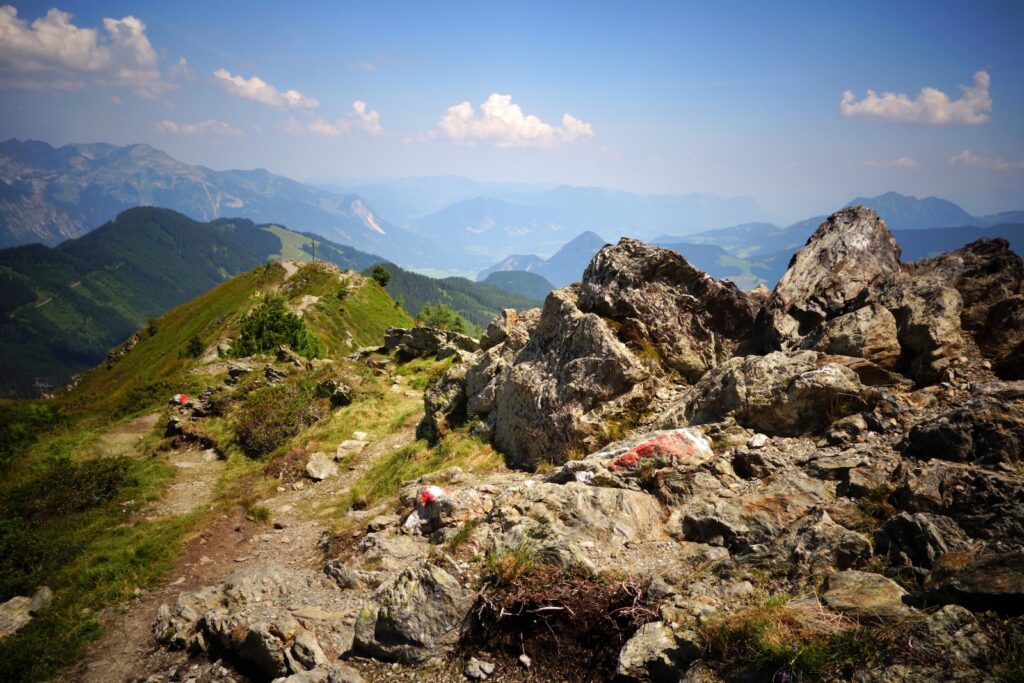
Summer is a great time to get outdoors and explore nature. However, there are a few things you should keep in mind when hiking in the summer.
Here are some tips on what to expect and how to prepare for summer hiking:
1] The weather is warm, so be sure to dress appropriately. Wear light, breathable clothing and take extra water with you.
2] The trails may be more crowded than usual, so plan your hike accordingly. Start early in the morning or later in the evening to avoid the crowds.
3] Be aware of your surroundings and take precautions against getting lost or injured. Stay on marked trails and bring a map with you.
4] Take steps to protect yourself from animals and insects. Wear insect repellent and carry a whistle to scare away animals if necessary.
Fall Hiking: What to Expect and How to Prepare
When most people think of hiking, they envision beautiful summer days spent exploring nature. But hiking in the fall can be just as enjoyable – if you’re prepared for it.
Here’s what to expect and how to prepare for fall hiking:
The Weather
Fall weather can be unpredictable, so it’s important to be prepared for both warm and cold temperatures. layering your clothing is key – start with a base layer of wicking material (like synthetic fibers or merino wool), followed by a mid-layer for insulation (fleece or down), and topped with a waterproof shell if necessary. Be sure to pack extra socks and gloves in case you get cold later in the day.
The Trails
Leaves falling from the trees can make trails slippery, so be sure to wear shoes with good traction. Hiking poles can also help with stability on slippery surfaces. And since daylight hours are shorter in the fall, it’s important to bring a headlamp or flashlight just in case you don’t make it back to the trailhead before dark.
The Wildlife
Many animals are preparing for winter by stockpiling food, so you may see an increase in wildlife activity on the trails. This is especially true in areas where there are lots of berries or nuts – bears will be especially active in these areas! Make noise while you hike (singing is always welcome on the trail) so that animals know you’re coming and can move away from the trail.
Packing for Fall Hiking
In the fall, it’s important to bring along items that will keep you warm and dry. Always pack extra layers of clothing, a hat and gloves, a flashlight/headlamp, snacks and water for energy, and a small first-aid kit in case of injury. It’s also a good idea to bring along bug spray and sunscreen – even if it’s cool outside! You never know what surprises Mother Nature might have in store.
Necessary Clothing and Gear for Different Seasons of Hiking
Depending on the season, you’ll need different gear and clothing for hiking.
Here’s a list of what you should bring:
Summer:
- sunscreen
- sunglasses
- hat
- long pants
- short sleeves or tank top
- hiking shoes
- water bottle
- snacks
Fall:
- sunscreen
- sunglasses
- hat
- long pants
- long sleeves shirt or jacket
- hiking shoes
- water bottle
Winter:
- layering is key! Depending on the temperature, you’ll want to wear: a base layer, an insulating layer, and a waterproof/windproof outer layer.
-ski pants OR snow pants (waterproof) over regular pants
-hiking boots OR snow boots
-hat OR balaclava
-gloves OR mittens
-scarf OR neck gaiter
Tips For Each Season of Hiking
No matter what time of year it is, there’s always a perfect place to hike. But each season comes with different challenges, conditions, and preparation requirements. Knowing what to expect and how to prepare can make all the difference on your next hike—and help you have a safe, fun, and enjoyable experience no matter what time of year it is.
Here are tips for each season of hiking:
Spring: In many areas, springtime brings melting snow and mud. Be prepared for wet and cold conditions by dressing in layers and bringing rain gear. waterproof boots are also a must. Pay attention to forecasts and be aware of changing conditions—knowing when to turn back is crucial in avoiding hazardous situations.
Summer: The hot summer sun can be tough to hike in, especially at high altitudes or exposed locations. Be sure to wear sunscreen, hats, sunglasses, and lightweight clothing. Start early in the day to avoid the heat of midday, and carry plenty of water—at least 2-3 liters per person.
Fall: Autumn leaves can make for some beautiful scenery while hiking—just be prepared for cooler temperatures as the days grow shorter. Dress in layers, including a windproof jacket, and bring along a headlamp or flashlight for early starts or late finishes. This is also a good time of year to watch out for wildlife as animals begin to move around more looking for food sources.
Winter: Winter hikes can be cold and even dangerous if you’re not prepared. Be sure to pack plenty of layers, including a warm hat and gloves, as well as traction gear like microspikes. Check the forecast before heading out and watch for signs of hypothermia, such as shivering or disorientation. Consider bringing an emergency shelter in case you need to wait out the weather or dark conditions.
Conclusion
Hiking in different seasons can be a great way to experience the outdoors and explore nature. Knowing what to expect from each season and how to prepare are key components of having an enjoyable hike regardless of the weather conditions. With the right research, equipment, and preparation, anyone can enjoy hiking no matter what time of year it is. Don’t forget your trail mix!
